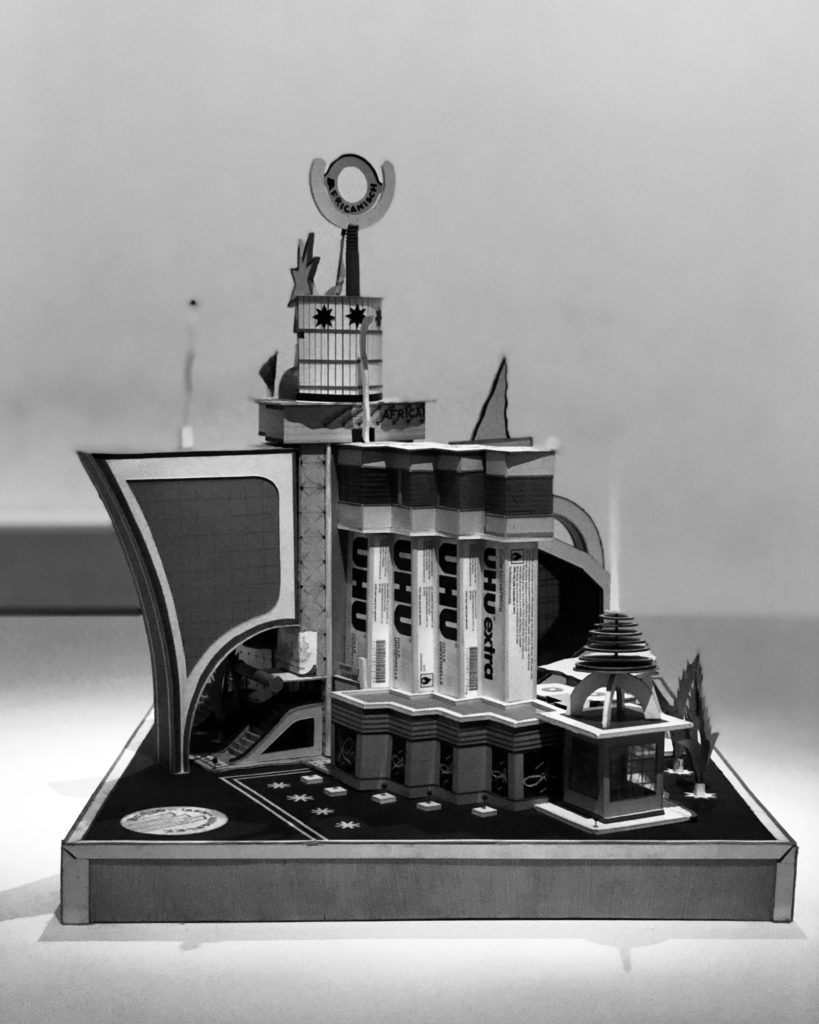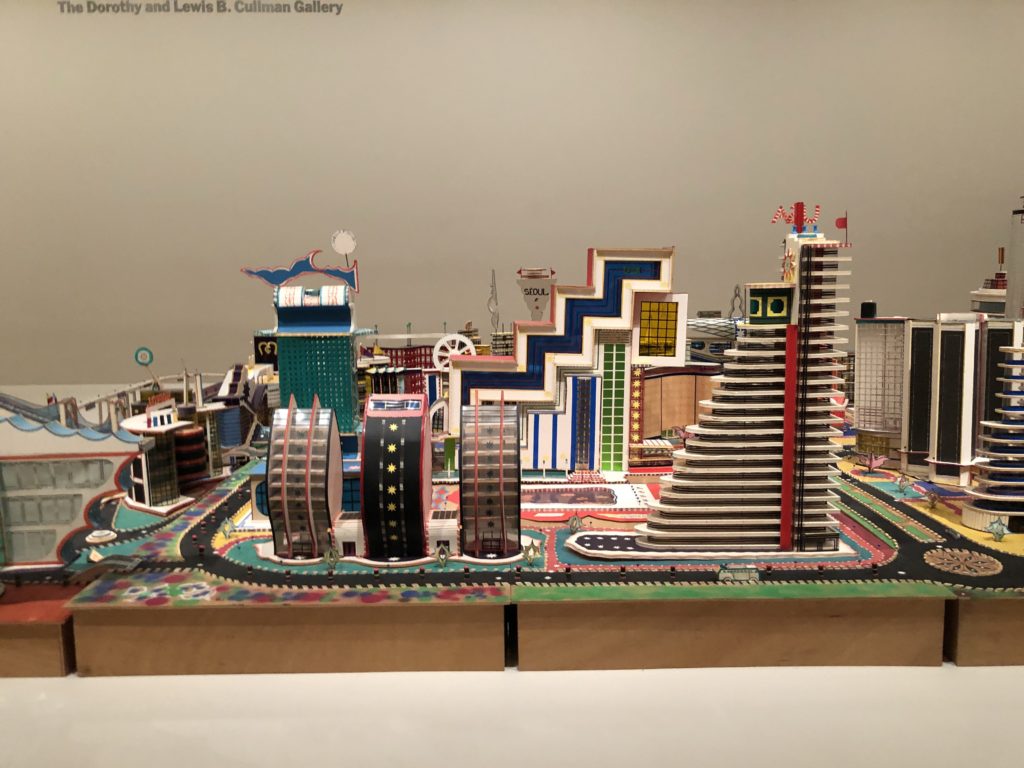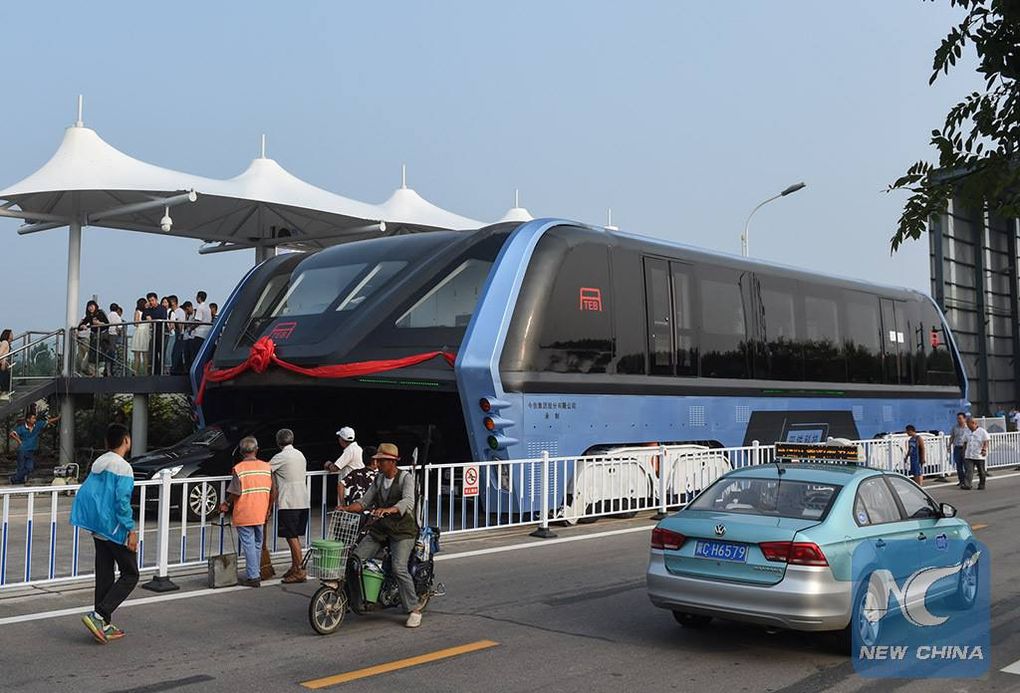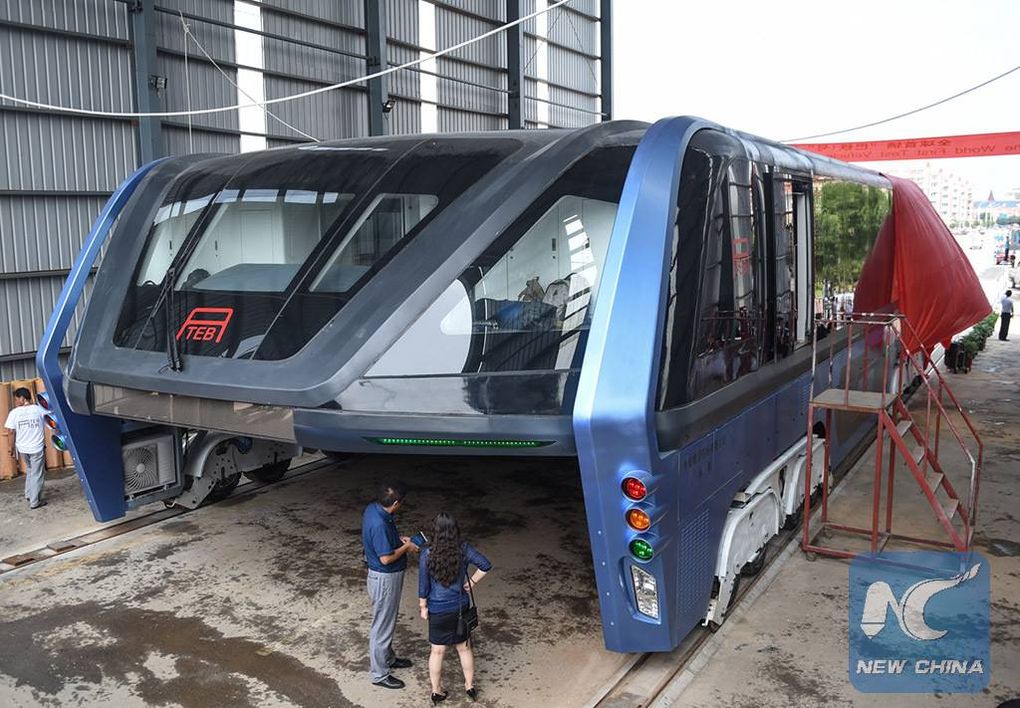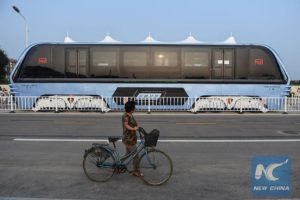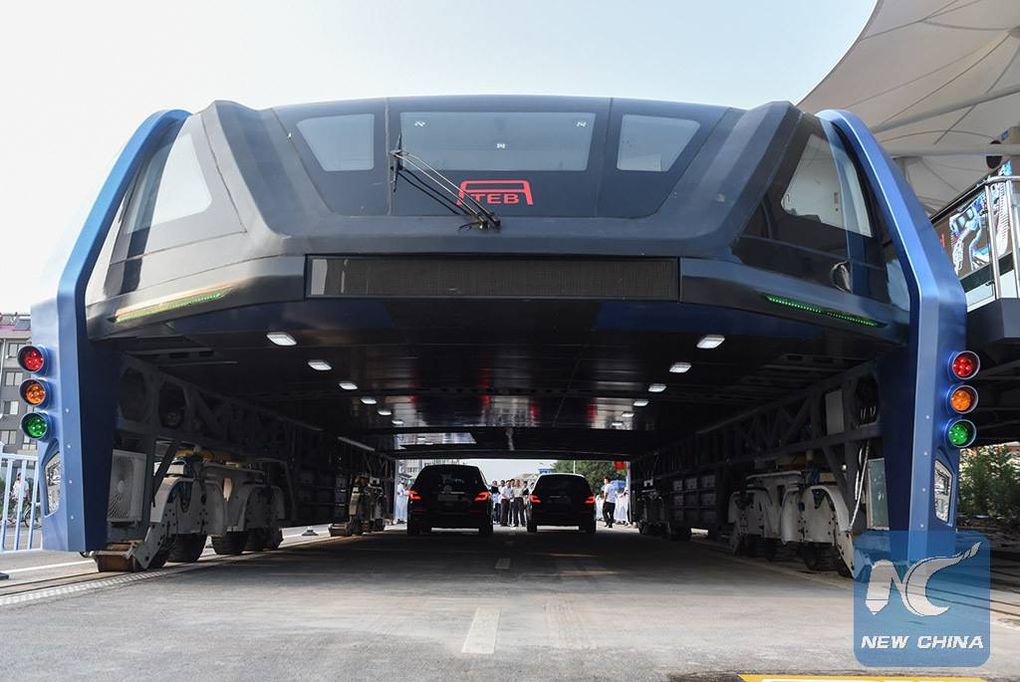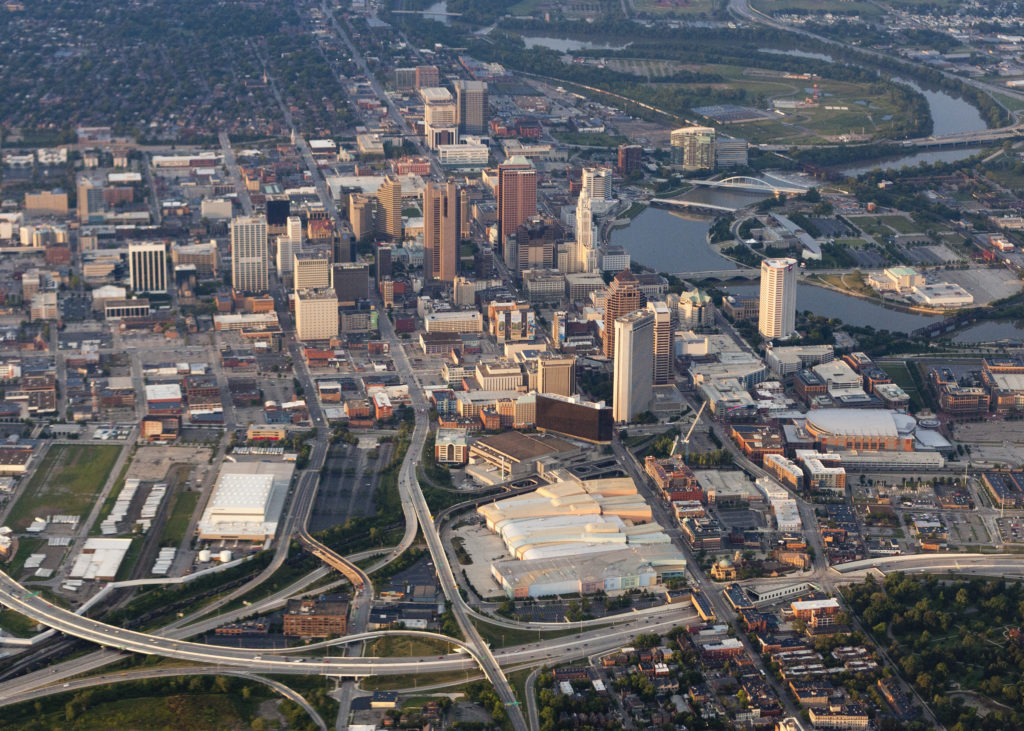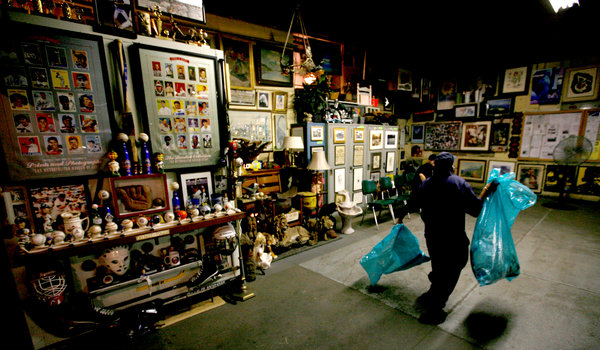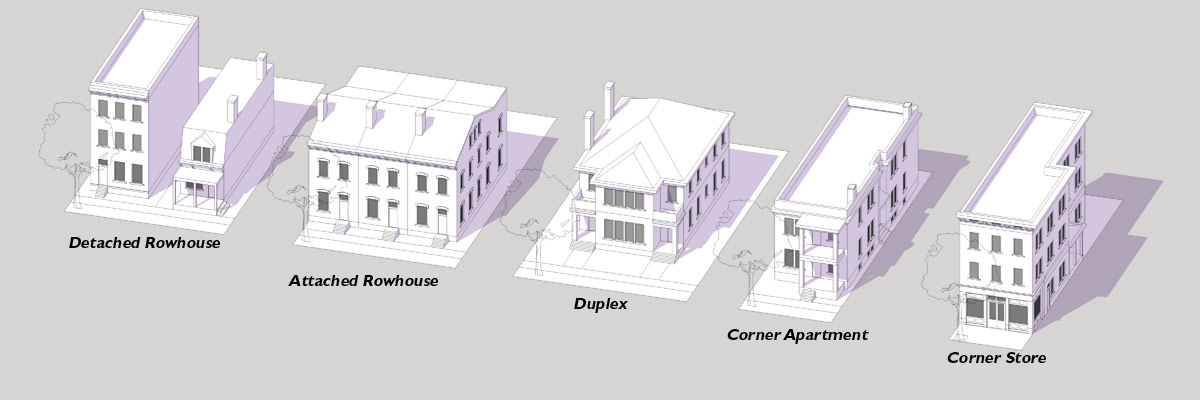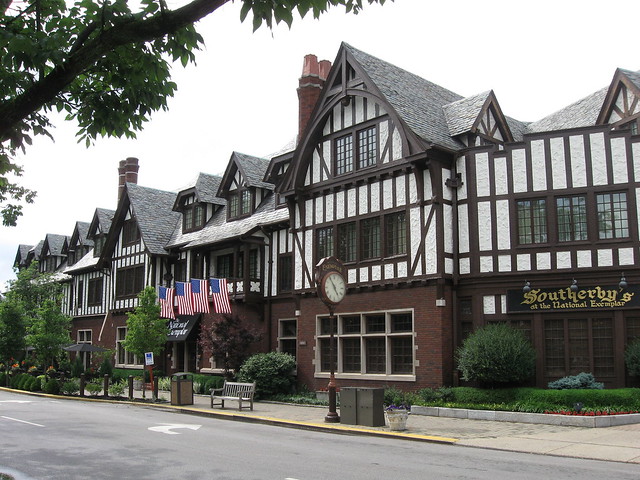
The internets are ablaze – mostly with scorn – over two different planned communities which have attracted attention after the Newtown, CT shooting: the Citadel and Glenn Beck’s Independence USA. The former is planned to:
…house between 3,500 and 7,000 patriotic American families who agree that being prepared for the emergencies of life and being proficient with the American icon of Liberty — the Rifle — are prudent measures. There will be no HOA (ed – Home Owner’s Association). There will be no recycling police and no local ordinance enforcers from City Hall.
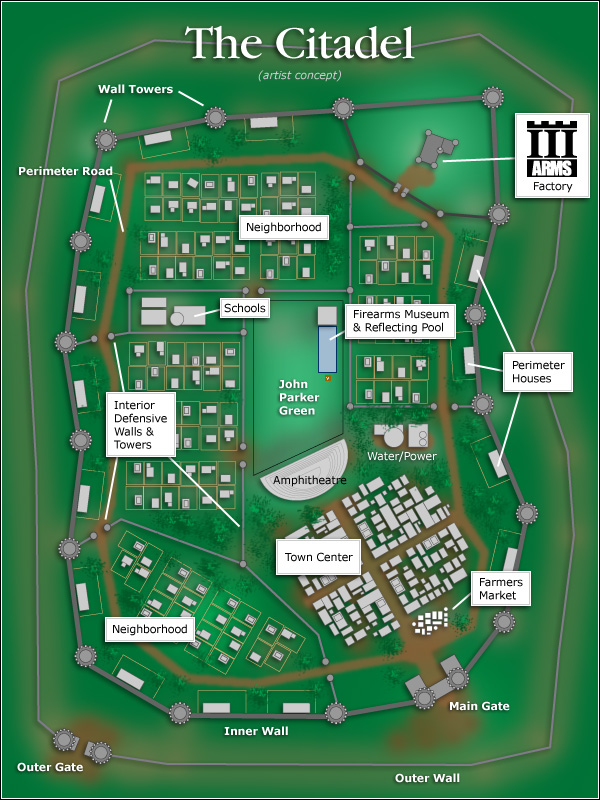
While Independence, USA would combine Disney World with what appears to be Celebration, FL (also by Disney):
While Independence is very much a dream at this point, the proposed city-theme park hybrid would bring several of Glenn’s seemingly disconnected projects into one place. Media, live events, small business stores, educational projects, charity, entertainment, news, information, and technology R&D – all of these things would have a home in Independence. With the rest of the country and the world going away from the values of freedom, responsibility and truth, Independence would be a place built on the very foundation of those principles. A retreat from the world where entrepreneurs, artists, and creators could come to put their ideas to work. A place for families to bring their children to be inspired.
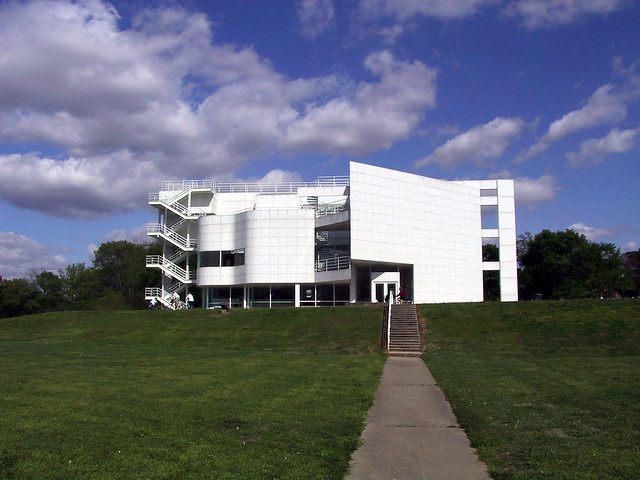
Some may scorn, but I say: more power to you.
America has a great and rich history of groups of people coming together to found communities which share their combined values. The various Shakertown’s – such as Pleasant Hill, Kentucky – which dot Pennsylvania, Ohio and Kentucky are but one example of 19th Century utopia settlements founded by the Religious Society of Friends. Another great one is New Harmony, Indiana founded by a pietist, communal German religious group, known as Harmonists, Harmonites or Rappites in 1814. The Village of Mariemont, Ohio is a suburb of Cincinnati and was built in the 1920s by Mary Emery and exhibits English architecture from Norman to classic Georgian style. And you can’t forget any contemporary suburban gated community. Americans just love to build these things.
That isn’t to say these experiments are a always success. Only one or two Shakers remain alive today (since as part of their religion they decided not to procreate), and the Harmonists were really a band of indentured servants for leader George Rapp; who eventually sold New Harmony to move back to Pennsylvania. Mariemont is still a pretty little suburban town, and well, Trayvon Martin.

What is interesting in many of these cases, is the perceived need to isolate the group from the “other” in order to maintain discipline, security, or order. Also unsurprising, is the retro and nostalgic tone of both developments: both look to old Germanic town centers, and in the Citadel’s case explicitly showcase Rothenburg, Germany:
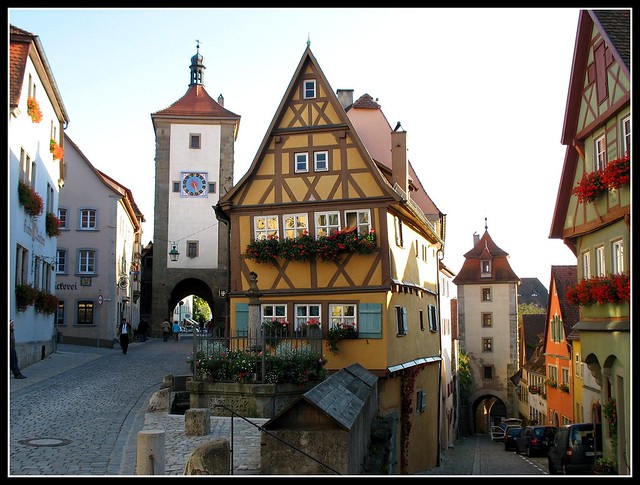
What is objectionable about the Citadel is their total lack of being prepared to run a corporation (which a town is): they claim to require no credit check, no background check, zero down payment, zero interest, and zero property taxes. This is not a way to operate a going concern, even if you want to maintain “Liberty-driven freedom derived by Thomas Jefferson’s Rightful Liberty.”
Services cost money, and people are greedy, lazy, and willing to look the other way. If you want to see what a libertarian playground would look like, head over to Gurgaon, outside New Delhi, India:
In this city that barely existed two decades ago, there are 26 shopping malls, seven golf courses and luxury shops selling Chanel and Louis Vuitton. Mercedes-Benzes and BMWs shimmer in automobile showrooms. Apartment towers are sprouting like concrete weeds, and a futuristic commercial hub called Cyber City houses many of the world’s most respected corporations.
…
To compensate for electricity blackouts, Gurgaon’s companies and real estate developers operate massive diesel generators capable of powering small towns. No water? Drill private borewells. No public transportation? Companies employ hundreds of private buses and taxis. Worried about crime? Gurgaon has almost four times as many private security guards as police officers.
Urbanity takes shared sacrifice which extends past ideology, right into your pocketbook and your daily actions. These experiments don’t even realize this, and will fail much like the hippie communes of the 1960’s/70’s.
